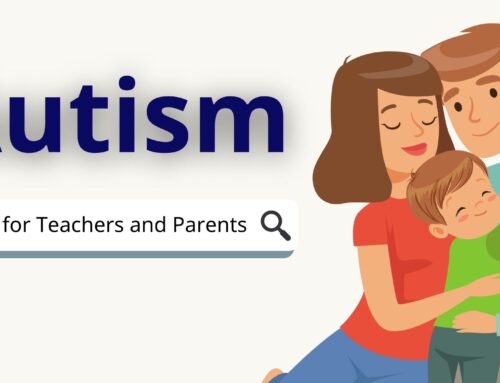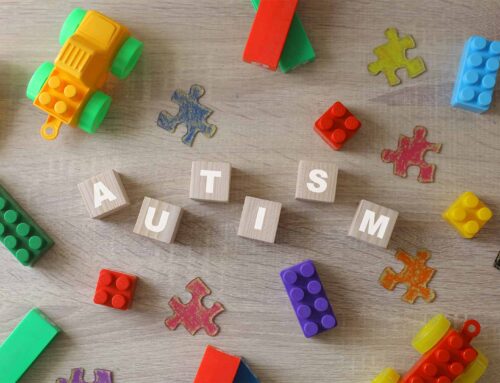One of the most important things that teachers can do to help students with Attention deficit hyperactivity disorder (ADHD) is to create a structured classroom environment. This means having clear routines and rules, and providing students with consistent feedback. Students with ADHD often thrive in predictable environments, so it is important to minimize surprises and transitions.
ADHD is a common neurodevelopmental disorder that affects millions of children and adults worldwide. Children with ADHD often have difficulty paying attention, controlling impulsive behaviors, and hyperactivity. While these symptoms can make it challenging for students with ADHD to succeed in school, there are a number of strategies that teachers can use to help them learn and thrive.
Here are some tips for creating a structured classroom environment:
- Establish clear routines and rules. Post classroom rules and routines in a prominent location, and review them regularly with students. Be consistent in enforcing expectations and providing feedback.
- Break down tasks into smaller steps. Students with ADHD can often feel overwhelmed by large tasks. Break down assignments into smaller, more manageable steps, and provide students with clear instructions for each step.
- Provide frequent breaks and opportunities for movement. Students with ADHD often have difficulty sitting still for long periods of time. Provide students with frequent breaks to move around, or allow them to stand or fidget while they are working.
- Minimize distractions. Seat students with ADHD away from windows and doors, and remove any unnecessary distractions from the classroom.
Using differentiated instruction
Differentiated instruction is a teaching approach that tailors instruction to the individual needs of each student. This is especially important for students with ADHD, who may have different learning styles and needs than their peers.
Here are some tips for using differentiated instruction to teach students with ADHD:
- Provide students with choices. Give students choices about how they learn, how they demonstrate their learning, and how they are assessed. This will help to keep them engaged and motivated.
- Use a variety of teaching methods and activities. Students with ADHD often learn best through hands-on activities and experiential learning. Use a variety of teaching methods and activities to keep students engaged and interested.
- Provide students with extra support and guidance. Students with ADHD may need extra support and guidance to complete assignments and tasks. Provide them with one-on-one instruction or small group support as needed.
Building positive relationships
Building positive relationships with students with ADHD is essential for their success. Students with ADHD need to feel supported and understood by their teachers.
Here are some tips for building positive relationships with students with ADHD:
- Get to know each student individually. Take the time to learn about each student’s strengths, weaknesses, and interests. This will help you to better understand their needs and tailor your instruction accordingly.
- Be positive and encouraging. Focus on students’ strengths and accomplishments. Provide them with positive feedback and encouragement whenever possible.
- Be patient and understanding. Students with ADHD may make mistakes or have difficulty completing tasks on time. Be patient and understanding, and help them to learn from their mistakes.
Working with parents
It is also important for teachers to work with parents of students with ADHD. Parents can provide valuable insights into their child’s needs and behaviors. They can also help to support the teacher’s efforts in the classroom.
Here are some tips for working with parents of students with ADHD:
- Communicate regularly with parents. Keep parents informed of their child’s progress and any challenges that they are facing. Be open to feedback and suggestions from parents.
- Develop a home-school partnership. Work with parents to develop a plan to support the student’s learning at home and in the classroom.
- Provide parents with resources and information. There are a number of resources available to parents of students with ADHD. Provide them with information about these resources so that they can get the support they need.
Teaching students with ADHD can be challenging, but it is also incredibly rewarding. By creating a structured classroom environment, using differentiated instruction, building positive relationships, and working with parents, teachers can help students with ADHD succeed.





Leave A Comment